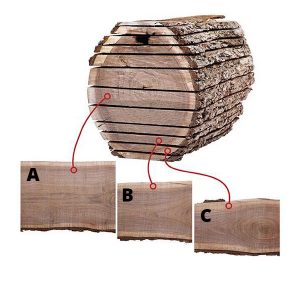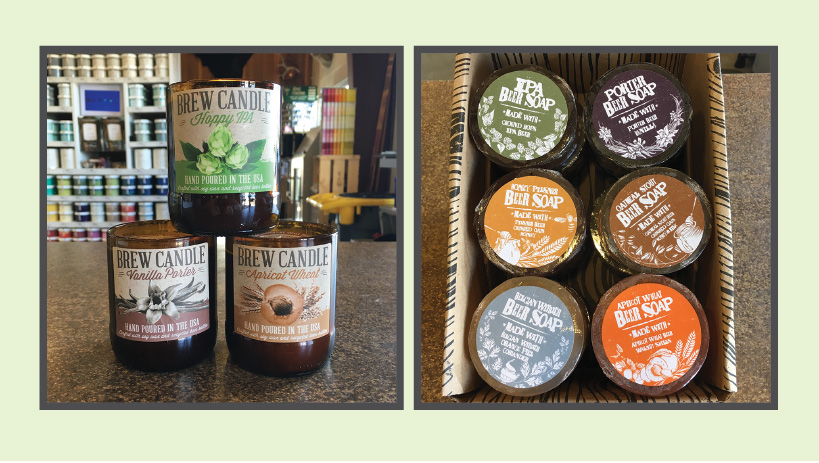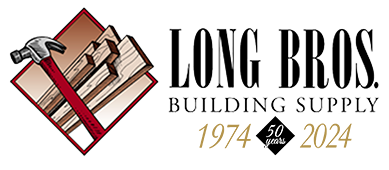Choosing the right board for your project isn’t always easy. Without digging through stacks of lumber, your best perspective is often a small cross-section of end grain. But how much can you really tell about the wood from that angle?
You CAN learn the story of the board from it’s end-grain. Reading the growth rings allows you to approximate the size of the tree, where the board came from within the tree allowing you to make an educated decision on the grain appearance you desire and stability of the board.
Layered logs = good
While examining boards, look for boards in which the end grain aligns as if the boards came from the same log, because they probably did. Mills sometimes bundle boards as they come off the saw. It’s your opportunity to grab boards with consistent color and complementary grain patterns. Confirm your find by pulling the boards and comparing their lengths; lumber from the same log will be the same length.
Wood Types
Hardwoods such as cherry and maple are close-grained with smaller pores in their surfaces, making them ideal choices for furniture because they absorb only a minimal amount of stain. Softwoods are recommended for most woodworking projects. Pine, cedar and fir also have small pores, which reduce the potential for scarring on the wood. Heavy woods resist wear and tear (dents, scratches) and are commonly used in flooring and other projects prone to high traffic or heavy use.
Treated lumber is produced for exterior use only and pressure treated for ground or above ground contact. It is resistant to rotting and insect damage. Boards can be painted or stained. Make sure you choose the right fastener (galvanized or stainless steel) when working with treated lumber.
Final checks
After you zero in on a few likely choices, pull those into the light of our open door in the warehouse for a final check. Is the color consistent between boards? Look down the edge to check for defects. And when you’re done, Long Bros employees will gladly help you neatly re-stack any boards that didn’t make the cut.
No matter which project you need to tackle, finding the right piece of lumber is essential to having a good final product.
 A: Parts taken from the nearly vertical (quartersawn) or slanted (riftsawn) end grain will be stable with relatively straight face grain. But aware, boards with tightly curved rings may come from the center (pith) or from a small, knot-prone tree – both of which will prove unstable
A: Parts taken from the nearly vertical (quartersawn) or slanted (riftsawn) end grain will be stable with relatively straight face grain. But aware, boards with tightly curved rings may come from the center (pith) or from a small, knot-prone tree – both of which will prove unstable
B: Moving away from the pith, boards begin to display shallowly arched end grain and are relatively stable. Wide, swooping cathedral grain results where these flattened curves intersect the face of the board.
C: Nearly flat end-end grain rings indicate a board that came from near the tree’s bark. In walnut and cherry, sapwood can dominate these boards. Given just a glimpse of the end grain, you can visualize the rest of the ring to estimate the log’s size. Boards from larger logs tend to be less prone to warp.
Featured Product: We are LOVING these new products!!!
Beer candles and beer soap!!! Three scents for the candles, Hoppy IPA, Vanilla Porter and Apricot Wheat. The soap we have six scents available in store, IPA, Porter, Honey Pilsner, Oatmeal Stout, Apricot Wheat, and Belgian Witbier!
Brew Candles $17.99 each
IPA Beer Soap $6.99 each


